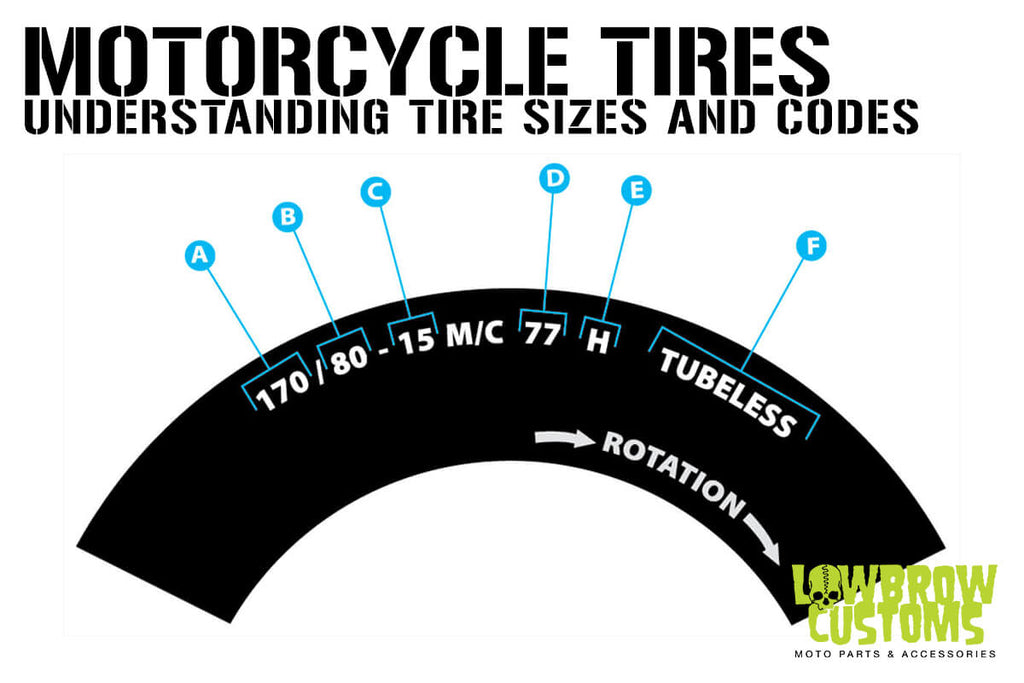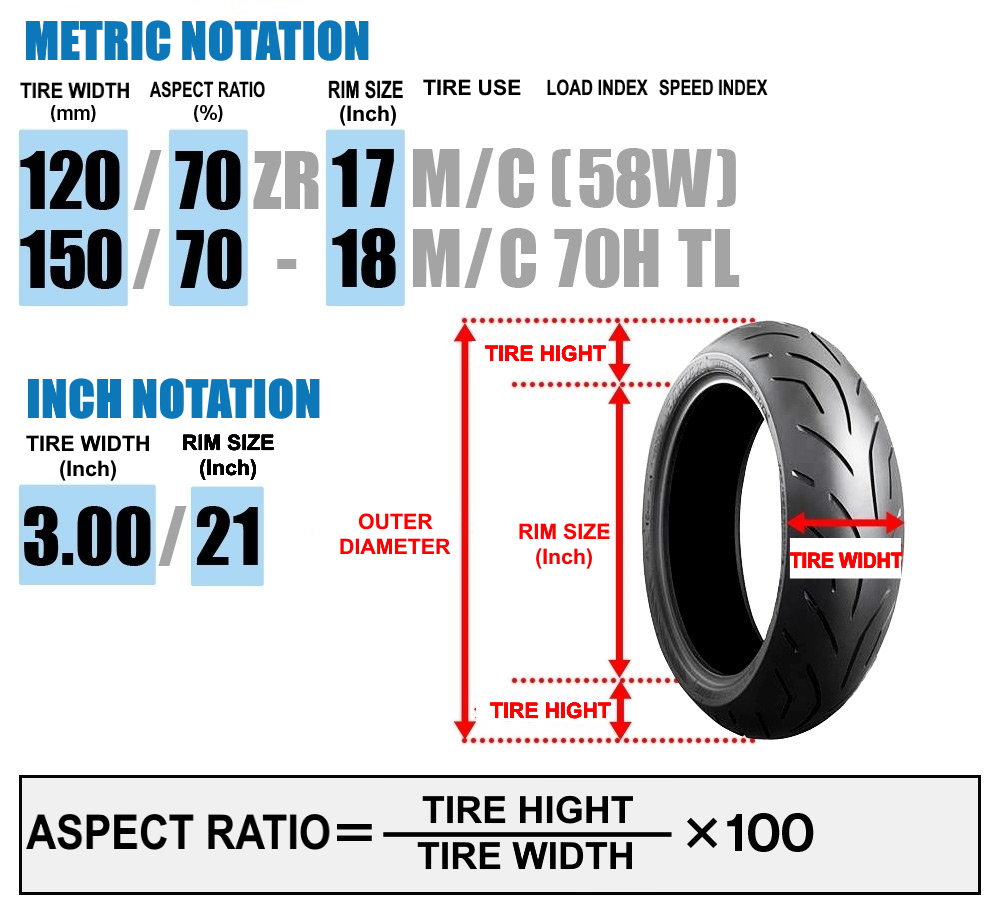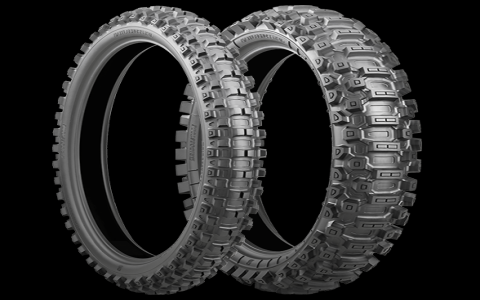Alright, let me walk you through my own little adventure with motorcycle tire sizes. It’s one of those things that seems super complicated at first, but once you get the hang of it, it’s not so bad. I remember the first time I needed new rubber for my bike, I looked at the sidewall and just saw a mess of numbers and letters. Felt like I needed a secret decoder ring!

My First Tire Change Drama
So, there I was, my rear tire was getting pretty worn down. You know, the tread was looking a bit sad. I figured, “Okay, time to be a responsible adult and get a new one.” I hopped online, started browsing, and bam! Confusion city. Sizes like 180/55ZR17 or 120/70R19 were staring back at me. I almost just picked one that looked about right and was cheap. Yeah, dumb idea, I know that now. I think I spent a good hour just staring at my old tire, then at the screen, then back at the tire.
I actually remember calling up a buddy of mine, Dave, who’s been riding for ages. I read out the numbers to him, and he just chuckled. He said, “Relax, man, it’s not rocket science, but you DO need to get it right.” That was my wake-up call to actually figure this stuff out instead of just guessing.
Breaking Down The Code – What I Learned
So, I buckled down and started to really look into what all those digits and letters meant. Here’s what I pieced together, mostly through trial, error, and asking folks who knew more than me:
- The First Number (e.g., 180): This one’s pretty straightforward. It’s the width of the tire in millimeters. So, a 180 is wider than a 120. Simple enough, right? That was my first “aha!” moment.
- The Second Number (e.g., 55): This one, after the slash, is the aspect ratio. It’s basically the height of the tire’s sidewall, but as a percentage of the width. So, if it’s 180/55, the sidewall height is 55% of 180mm. This took me a bit to wrap my head around. Why not just list the height? No idea, but that’s how it is.
- The Letter(s) in the Middle (e.g., ZR or R): Often you’ll see an ‘R’ which stands for Radial construction. Sometimes you might see a ‘B’ for Bias-ply or ‘-‘ for bias as well. And ‘ZR’ usually means it’s a radial tire rated for higher speeds (over 149 mph). My old bike had an ‘R’, so I stuck with that. Dave told me you shouldn’t really mix these types unless your bike’s manual specifically says it’s okay. Good to know!
- The Next Number (e.g., 17): This is the diameter of the wheel rim it’s supposed to fit, in inches. So, a 17 means it fits a 17-inch rim. This was probably the easiest one for me to get.
- The Last Bit (e.g., 73W): This is the load index and speed rating. The number (73 in this case) corresponds to how much weight the tire can safely carry. The letter (W) tells you the maximum speed the tire is rated for. There are charts for these online, but I just made sure my new tire had ratings equal to or better than the old one. You don’t want to mess around with these; safety first!
Why Bother Getting It Right?
Honestly, after nearly buying a completely wrong tire just based on price, I realized how important this is. The wrong size can totally mess with your bike’s handling. It might rub against the swingarm or fender, or just make the bike feel weird and unstable. And if you get the load or speed rating wrong, well, that’s just asking for trouble, especially if you like to push it a bit or carry a passenger.
I remember thinking back to a time I rode a friend’s bike that just felt… off. He later found out the previous owner had put on a slightly too-wide rear tire. It wasn’t dangerous, but it definitely didn’t handle as sweetly as it should have. That stuck with me.

My Two Cents Now
So, after that initial headache, I feel way more confident about it. My process now is pretty simple:
- Check the owner’s manual. It usually lists the recommended tire sizes. That’s gold.
- Look at the sidewall of my current tires. Double-check.
- If I’m changing from the stock size for some reason (which I generally don’t do), I’d do a LOT more research or talk to a trusted mechanic.
It’s not so scary anymore. It’s just a code, and once you know what the parts mean, you’re good to go. No more wild guessing for me! Hopefully, sharing my little struggle helps someone else out there. Ride safe!
